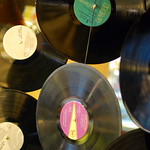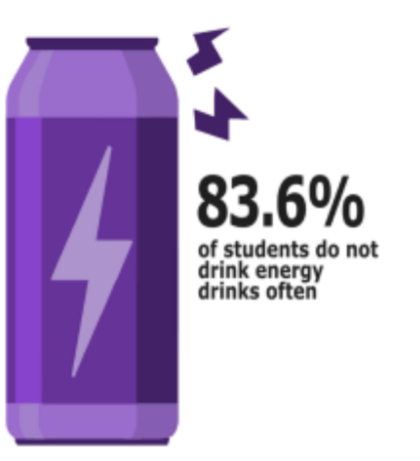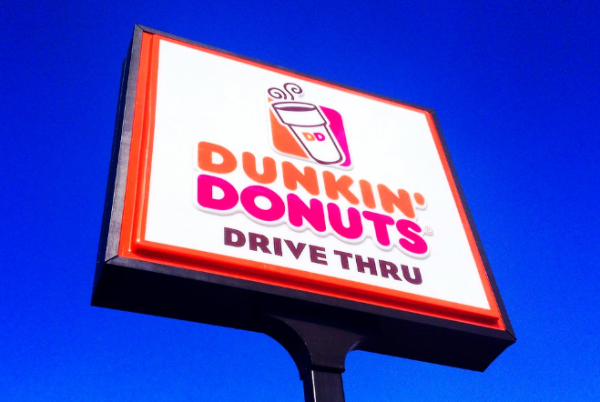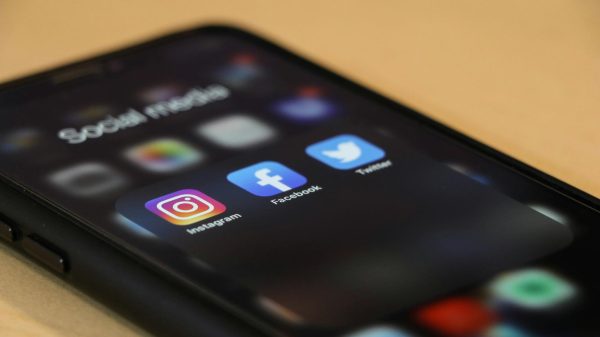The resurgence of vinyl records

CREATIVE COMMONS PHOTO COURTESY OF Steve Snodgrass
Vinyls and record players have been making a comeback in the lives of teenagers. https://creativecommons.org/licenses/by/2.0/
March 31, 2023
While technology today is more advanced than ever, teenagers are reverting to old ways of listening to music; vinyl, cassettes and other older analog media trends that lost popularity in the early 2000s are slowly but surely resurrecting.
Although Spotify listening is still at an all-time high, it is clear that some prefer the warmer sound of vinyl rather than the sterile sound of digital audio. Teenagers crave the unique sound that iPhones and laptops just can’t provide.
Despite the fact that the number of people who prefer analog audio is slowly rising, others claim that it is a fad that will fall as it did before, saying it’s a waste of money, it’s archaic and people will tire of it quickly.
The “death” of analog media began when digital audio was introduced to the market. Since CDs were becoming a mainstream audio medium around 1985, record sales began to plateau in 1995 and rapidly decreased to below 5 million units a year, according to The Hustle. That is a 525 million unit decrease from the 70s. Audio files and other forms of digital media were also introduced, which perpetuated the downfall of sales.
The mid-to-late 2000s brought a gradual resurgence of the lost art of vinyl. The Hustle also states that by 2017, sales hit 15 million and by 2020, sales reached as high as 25 million vinyl records sold per year. From there, social media apps and influencers promoted the use of records as an artful pastime, further inspiring sales.
Now, almost every new album produced has a long-playing (LP) recording. People are starting to recognize the importance of being able to hold the music in their hands– something they couldn’t achieve before. People want more from their music; physical mediums like vinyl and cassettes provide immersive experiences — ones with nostalgia and a sense of community attached.
Radio teacher Bill Bengle strongly supports analog mediums, especially vinyl.
“They are sonically superior–the records sound better. I also like the whole ritual of using one–it’s not convenient like audio files. . . but there’s a lot of beauty and value in going through that process [of playing the music],” Bengle said.
Bengle is not the only vinyl fan in the school. Sophomore Sam Kovach of Avon also explained his love for the medium.
“It’s mostly the ability to have a tangible piece of music that I really like,” Kovach said. “I think I own 12 or 13.”
When living in a world of unlimited digital files turns mundane, it’s no wonder teens have latched onto old, yet new ways for them to experience music. The physicality of analog media – combined with its artistry, nostalgia, community and warmer sound quality – revives the medium time and time again.
It is unlikely for the world to see total death in this trend as long as people enjoy music in its rawest form. Since people will never stop appreciating music, it’s safe to say that analog music will never die.
“I like putting on a record, or CD or cassette,” said sophomore Isabel Santamaria of Spring Lake Heights. “I think that the aesthetic of owning an album or a physical copy of music has become a need now.”














